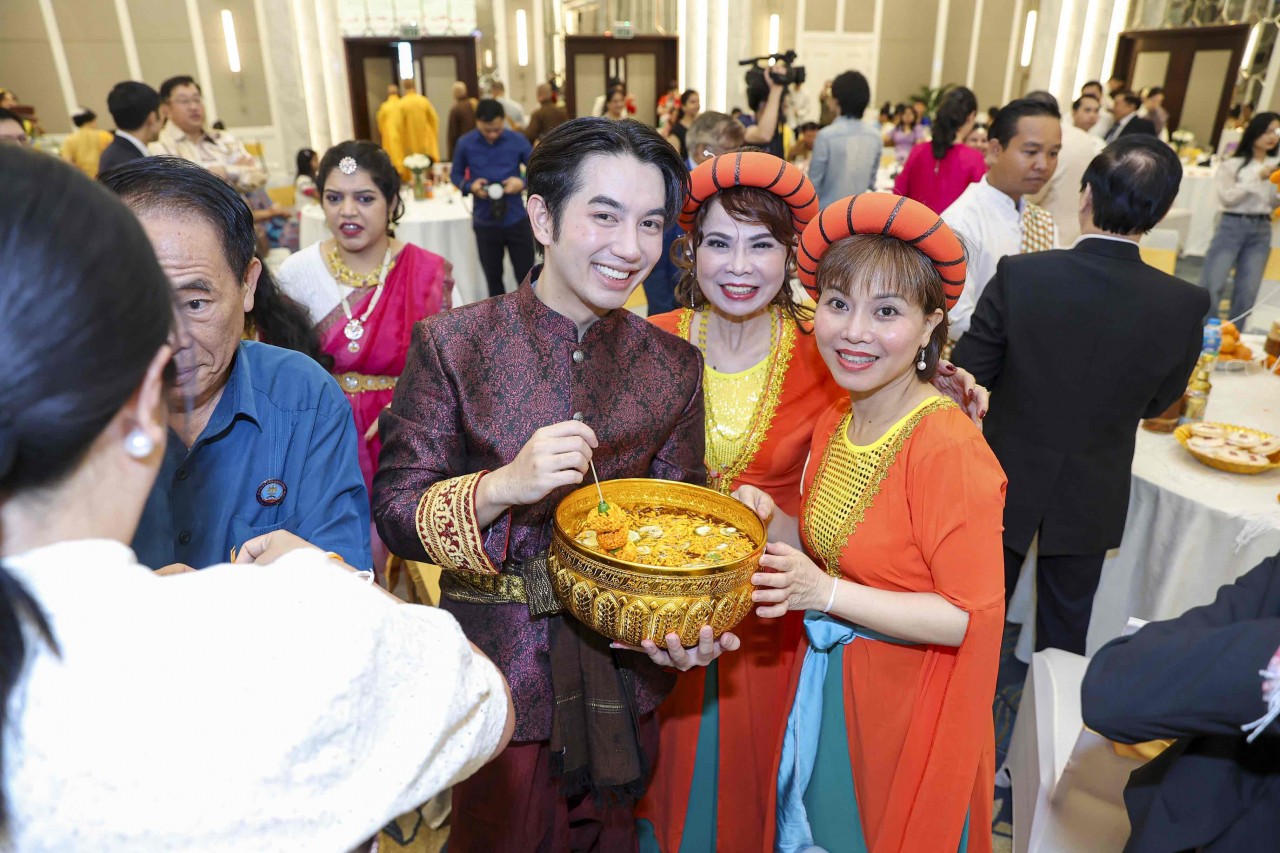Two Former Royal Palaces Ready to Welcome Visitors during Lunar New Year Holiday
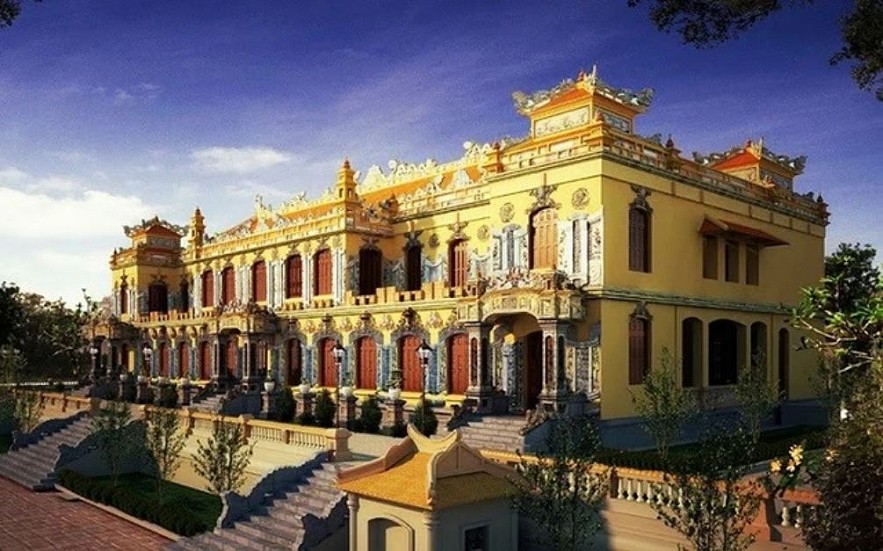 |
| Kien Trung Palace was built between 1921 and 1923 during the reign of King Khai Dinh (1885-1925). Photo: suckhoedoisong.vn |
Thai Hoa Palace, located in Hue Imperial Citadel, was built in 1805 under the reign of Emperor Gia Long (1762-1820). The building, that is symbolic of the power held by the Nguyen Dynasty, served as a venue for many important imperial events, such as coronation ceremonies, the emperor's birthdays, and receptions held for foreign ambassadors, according to VOV.
The palace has been recognized by UNESCO as a Documentary Heritage under the Memory of the World Program in the Asia-Pacific region.
Meanwhile, Kien Trung Palace, which was built between 1921 and 1923 during the reign of King Khai Dinh (1885-1925), once served as the living and working space of Bao Dai (1913-1997), the last king of the Nguyen Dynasty (1802–1945).
Hoang Viet Trung, director of the Hue Monuments Conservation Center, said Thua Thien Hue province will try to open major monument restoration works specifically during Tet to welcome visitors.
“We are fully preparing stories of the palaces and related artifacts of Vietnamese dynasties to serve tourists on the occasion,” he noted.
Hue, the imperial capital in Vietnam for over 100 years, has been a unique destination in central Vietnam with its five UNESCO heritage: the ancient citadel relic complex, Hue royal court music, Nguyen Dynasty’s wooden blocks, Nguyen Dynasty’s royal administrative documents, and literature on Hue royal architecture.
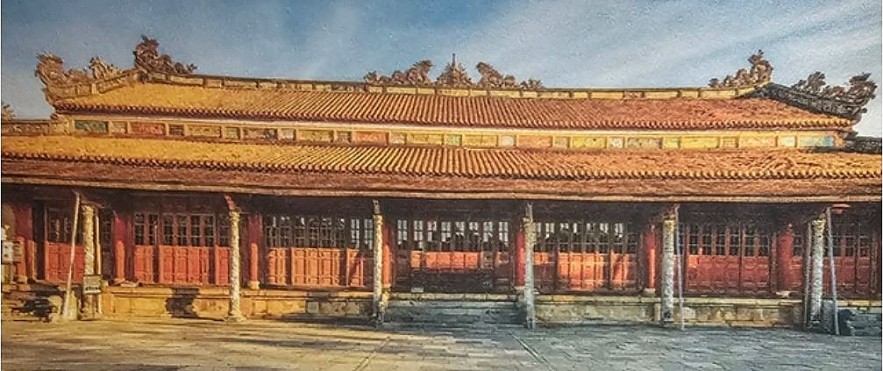 |
| Thai Hoa Palace was built in 1805 under the reign of Emperor Gia Long (1762-1820). Photo: suckhoedoisong.vn |
This year, Thua Thien - Hue needs to welcome up to 4 million tourist arrivals, with domestic visitors accounting for 60-70%, and earn some 8 trillion VND (329.6 million USD) from them.
Diversifying tourism products and improving customer experiences are important measures for Thua Thien-Hue to achieve its goals. Besides, the province has plans to branch out to high-end tourism offerings, with a focus on culture-heritage tourism, eco-tourism, resort and healthcare tourism, and MICE tourism, among others.
It will continue developing smart tourism on the basis of digital transformation and green and sustainable transition.
Hue, the imperial capital in Vietnam for over 100 years, has been a unique destination in central Vietnam with its five UNESCO heritage: the ancient citadel relic complex, Hue royal court music, Nguyen Dynasty’s wooden blocks, Nguyen Dynasty’s royal administrative documents, and literature on Hue royal architecture, VietnamPlus said.
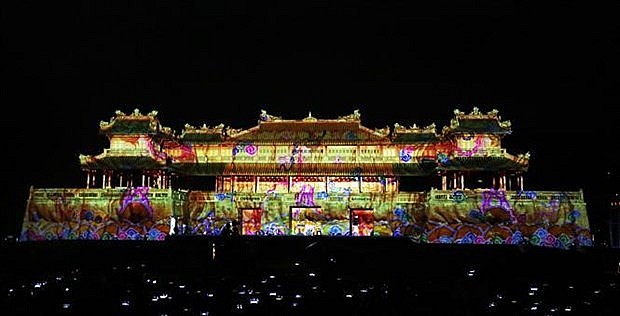 |
| "Hue by Light - The Live Show" offers a feast of light spectacle. Photo: VNA |
This year, Thua Thien - Hue needs to welcome up to 4 million tourist arrivals, with domestic visitors accounting for 60-70%, and earn some VND8 trillion (USD329.6 million) from them.
Diversifying tourism products and improving customer experiences are important measures for Thua Thien-Hue to achieve its goals. Besides, the province has plans to branch out to high-end tourism offerings, with a focus on culture-heritage tourism, eco-tourism, resort and healthcare tourism, and MICE tourism, among others.
It will continue developing smart tourism based on digital transformation and green and sustainable transition./.
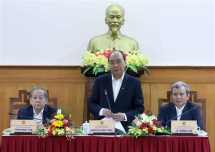 | PM: Thua Thien-Hue must quickly overcome nCoV impact Thua Thien-Hue must push up production and business activities so as to quickly overcome the impact of the acute respiratory disease caused by the novel ... |
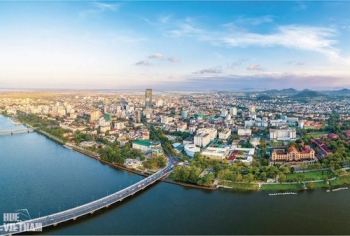 | Thua Thien-Hue province to build heritage city over ancient Hue capital (VOVWORLD) - Hue, the former imperial capital of Vietnam, in Thua Thien-Hue province, has been carefully preserved. Hue was the political, cultural, and religious center ... |
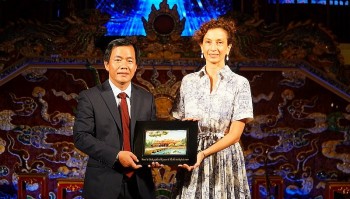 | UNESCO Pledges Support for Thua Thien-Hue to Preserve Cultural Heritage Sites The United Nations Educational, Scientific and Cultural Organisation (UNESCO) will accompany the province of Thua Thien - Hue in the conservation and promotion of the ... |
Recommended
 Travel
Travel
Vietnam Through Australian Eyes: Land of Flavor, Warmth, and Timeless Charm
 Travel
Travel
Strategies for Sustainable Growth of Vietnam’s Tourism from International Markets
 Travel
Travel
Vietnam Strengthens Its Presence On The Global Tourism Map
 Multimedia
Multimedia
Phong Nha-Ke Bang National Park Named Top Adventure Travel Site
 Travel
Travel
Vietnam Welcomes Record-High Number of International Visitors
 Travel
Travel
Luxury Train From Hanoi To Hai Phong To Be Launched In May
 Travel
Travel
Phong Nha Named Top Budget-Friendly Travel Destination for Spring 2025: Agoda
 Travel
Travel


